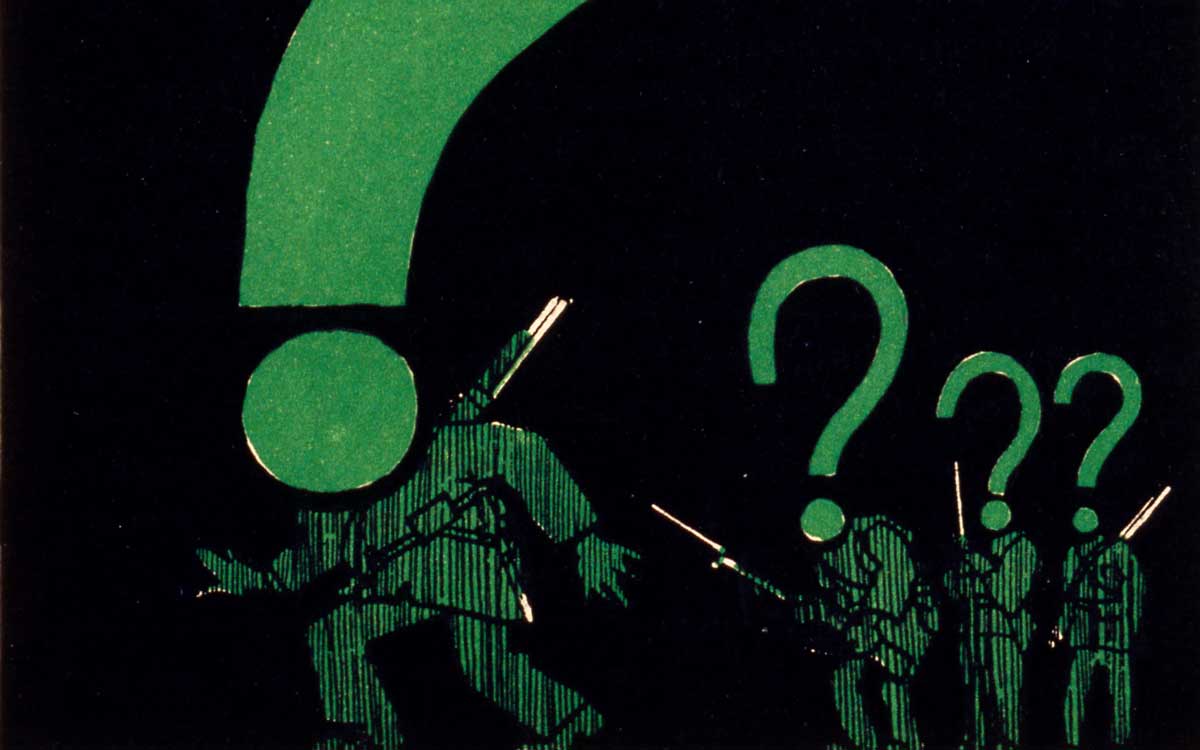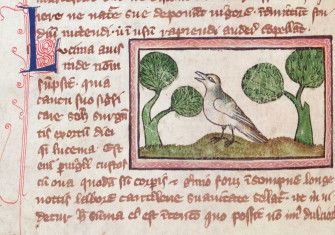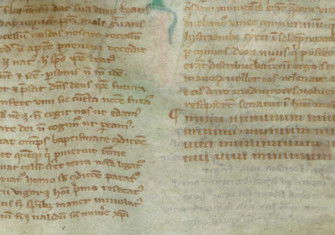Pause and Effect
The past and future of punctuation marks.

We send each other millions of faces each day, hoping to press complex emotional tones into waywardly arranged punctuation marks: a colon, a dash, half a bracket, closed if happy, open if sad. This seems like a radical reinvention of these marks, yet the real leap of thought happened much earlier.







